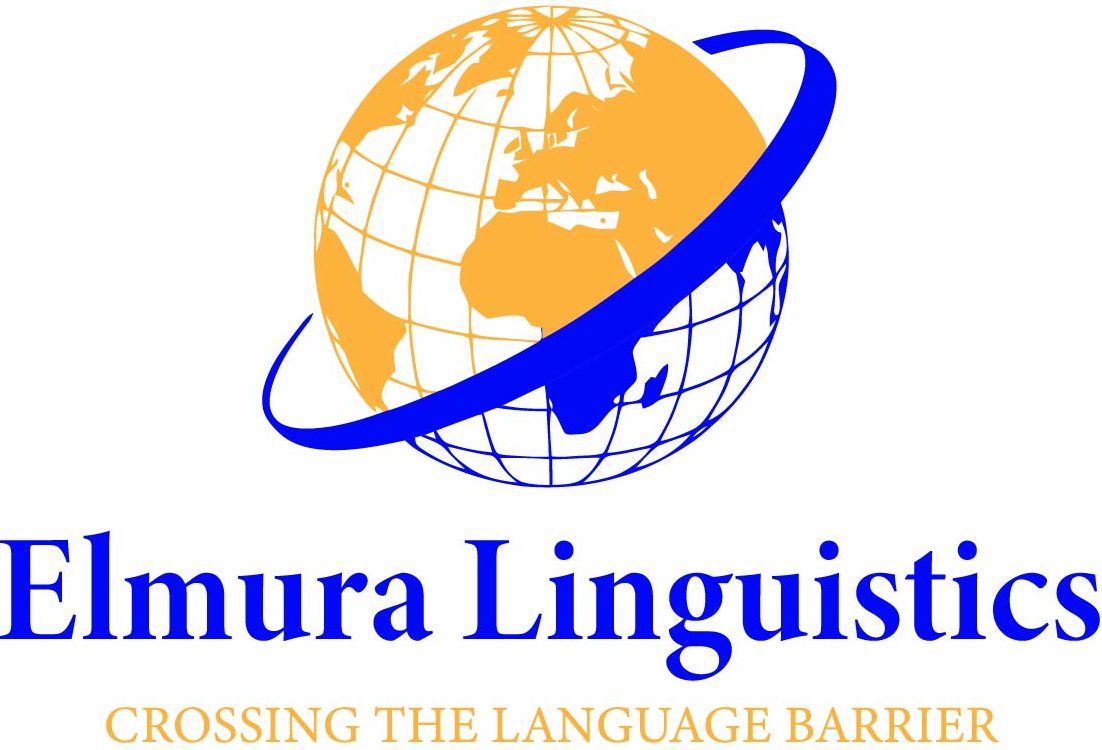In today’s globalized world, the ability to communicate across languages is essential — but confusing “translate vs interpret” can lead to costly mistakes. Translation deals with written words; interpretation handles spoken language in real time.
Each requires different skills, tools, and training. Knowing when to use a translator versus an interpreter is critical for clear communication, business success, and even legal compliance. This article breaks down the real difference and why it matters more than you think.
Table of Contents
ToggleTranslate vs Interpret: Understanding the Core Difference

These terms are often used interchangeably, but they refer to two distinct services. Translation focuses on converting written text from one language to another, preserving meaning, tone, and style. Interpretation, on the other hand, deals with spoken language and happens in real time, requiring immediate understanding and communication.
In translation, professionals work with documents, websites, or subtitles, using tools like translation memory software to ensure consistency and accuracy. In interpretation, specialists must listen, process, and deliver the spoken message instantly, often without the ability to reference materials.
Understanding translate vs interpret is critical because each service supports communication differently: translation allows for depth and precision over time, while interpretation demands speed and adaptability during live interactions.
Key Skills Required for Translators vs Interpreters
Understanding the difference in skill sets is essential when comparing these two language services. While both require a high level of linguistic expertise, the day-to-day techniques and demands vary greatly depending on whether the task involves translation or interpretation — a key distinction in the world of translate vs interpret.

Here’s a clear breakdown:
| Skill | Translators | Interpreters |
| Core Focus | Written text | Spoken words |
| Speed Requirement | Flexible, can research and revise | Instant, real-time response |
| Memory Skills | Moderate, relies on resources | Exceptional short-term memory |
| Tools Used | Computer-assisted translation (CAT) tools, dictionaries, glossaries | Listening devices, minimal external aid |
| Cultural Sensitivity | High, but can research nuances | Extremely high, must interpret cultural references instantly |
| Stress Level | Manageable deadlines | High-pressure live performance |
| Language Direction | Typically one way (source to target) | Two-way (source and target, often simultaneously) |
Professionals in these roles must develop distinct skills to ensure accurate and culturally sensitive communication. Hiring the wrong expert can result in miscommunication, missed opportunities, and serious issues in areas like healthcare, law, and international business.
When to Choose Translation Over Interpretation (And Vice Versa)
Deciding between translate vs interpret depends entirely on the situation and the medium of communication.
Choose Translation when:
- You are dealing with written content like contracts, websites, manuals, marketing materials, or medical records.
- You need precision and time to ensure every word is accurately rendered in the target language.
- You require documents that need proofreading, editing, and formatting before final delivery.
Choose Interpretation when:
- You need live, real-time communication, such as during conferences, medical appointments, court hearings, or business negotiations.
- You are managing spoken communication where immediate understanding between parties is critical.
- You cannot afford to pause or revise; interpretation must happen naturally and instantly.
Failing to match the right service to the situation can lead to critical errors. Written content benefits from deep research and precision, while spoken communication relies on speed, memory, and cultural nuance in real time.
Common Use Cases: Real-World Examples of Translation and Interpretation

Understanding where translate vs interpret applies in the real world helps clarify their distinct roles.
| Scenario | Translation | Interpretation |
| Legal | Translating contracts, court documents, immigration papers | Live interpreting during trials, depositions, client-attorney meetings |
| Healthcare | Translating patient information forms, discharge instructions | Interpreting doctor-patient conversations, emergency room consultations |
| Business | Translating websites, marketing brochures, product manuals | Interpreting during live business negotiations, client meetings, international conferences |
| Media | Translating subtitles for films, dubbing scripts, publishing articles | Interpreting live broadcasts, press conferences, interviews |
| Education | Translating academic papers, course materials, research studies | Interpreting parent-teacher conferences, lectures, academic panels |
In every industry, recognizing the right service ensures clear communication, minimizes risk, and respects cultural and legal standards. Choosing incorrectly can delay projects, cause misunderstandings, or even breach regulations.
Challenges Faced by Translators and Interpreters
Both professions under the translate vs interpret umbrella face demanding challenges, but the nature of these challenges differs significantly.

Challenges for Translators:
- Maintaining Tone and Style: Translators must preserve the author’s voice while making the text feel natural in the target language.
- Handling Technical Terminology: Specialized fields like law, medicine, and technology require in-depth subject matter knowledge.
- Dealing with Cultural Nuances: Literal translation can distort meaning; translators must adapt cultural references accurately.
- Working with Deadlines: While they have more time than interpreters, translators often manage large volumes of work under tight schedules.
Challenges for Interpreters:
- Real-Time Pressure: Interpreters must listen, process, and speak almost simultaneously without hesitation.
- Memory Load: They must retain complex information without notes, especially during consecutive interpreting.
- Dealing with Dialects and Accents: Quick adaptation to various accents and speaking styles is critical.
- Managing Emotional Situations: In healthcare, legal, or diplomatic settings, interpreters often deal with emotionally charged conversations while remaining neutral and composed.
Navigating these hurdles is why hiring the correct professional is essential for achieving accurate and meaningful communication across languages.
Career Paths: Becoming a Translator or Interpreter
Choosing between translation or interpretation as a career means understanding not just the skills, but the environments and certifications needed for success.
How to Become a Translator:
- Education: A degree in languages, translation, or a specialized field (like law or medicine) is often required.
- Certifications: Professional certifications like ATA (American Translators Association) can enhance credibility.
- Tools: Mastery of CAT (Computer-Assisted Translation) tools is essential.
- Specialization: Many translators specialize in niches like legal, medical, or technical fields to maximize opportunities.
How to Become an Interpreter:
- Fluency: Interpreters must be fully fluent in both source and target languages, including dialects and slang.
- Training: Professional interpreter programs, certifications (like CCHI or NBCMI for medical interpreting), and real-world practice are key.
- Modes: Interpreters must master simultaneous, consecutive, and sight translation depending on their niche.
- Emotional Intelligence: Especially important for sensitive environments like healthcare and courtrooms.
Whether you’re passionate about translate vs interpret work, building a career requires serious dedication, training, and specialization.
Why Choosing the Right Service Matters: Avoiding Costly Mistakes
Confusing translate vs interpret can lead to miscommunication, legal risks, financial loss, and damaged reputations.
Risks of Choosing the Wrong Service:
- Legal Errors: Mistranslated contracts or misunderstood legal testimony can invalidate agreements or lead to lawsuits.
- Medical Miscommunication: A wrong interpretation during a healthcare consultation can result in wrong treatments or missed diagnoses.
- Business Failures: Poorly translated marketing materials or misinterpreted negotiations can cause failed deals and lost markets.
- Brand Damage: Inaccurate translations can offend audiences or diminish trust in a brand’s professionalism.
Choosing the right professional ensures that language barriers are fully eliminated and that cultural nuances are properly handled. In critical moments, the difference between translate vs interpret is not just technical — it’s the difference between success and failure.
Need expert help to avoid these costly mistakes?
📣 Elmura Linguistics offers trusted translation and interpretation solutions tailored to your needs. Get it right the first time — [Reach out to Elmura Linguistics now!]





